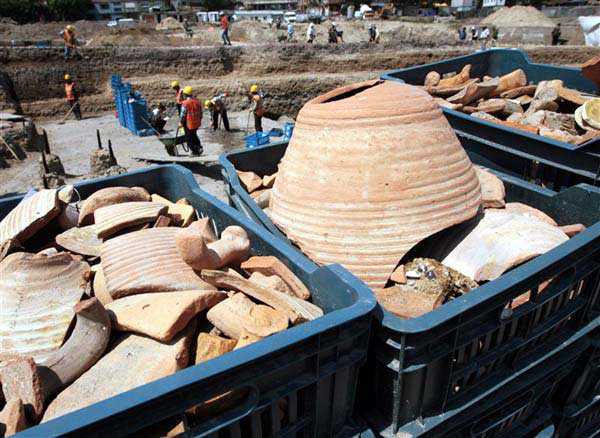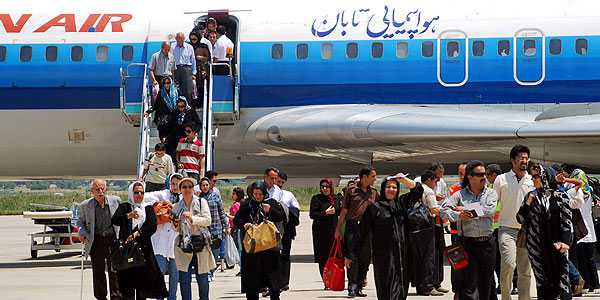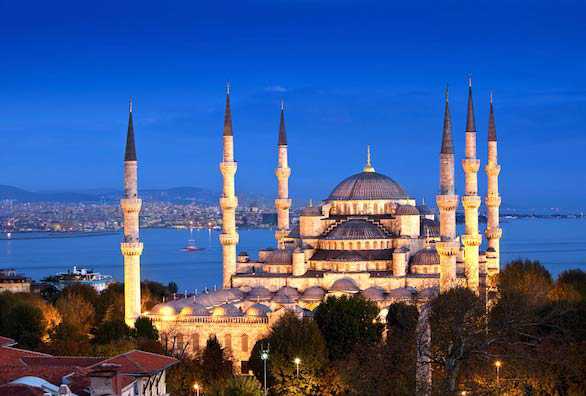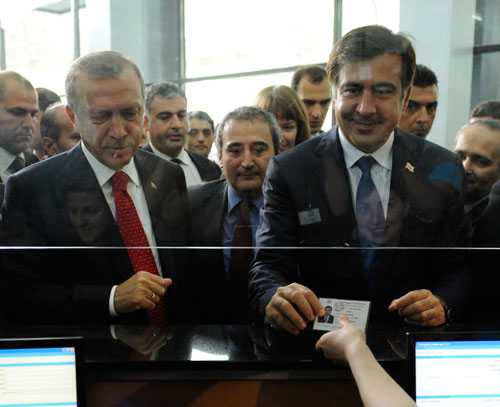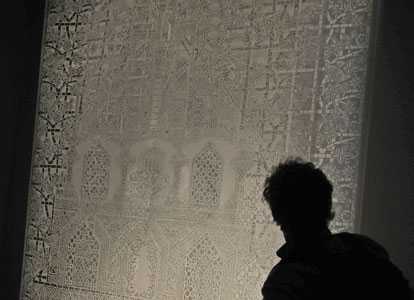The undiscovered treasure of Izmir
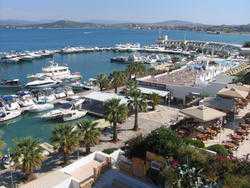 Turkey is the only country in the world which is divided by two continents – Europe and Asia. There is busy bustling Istanbul on the Europe side with its over 17 million inhabitants (or even more, nobody is quite sure) and Izmir on the Asian side, which is far quieter with 3.8 million inhabitants.
Turkey is the only country in the world which is divided by two continents – Europe and Asia. There is busy bustling Istanbul on the Europe side with its over 17 million inhabitants (or even more, nobody is quite sure) and Izmir on the Asian side, which is far quieter with 3.8 million inhabitants.
The harbor city of Izmir is bidding on Expo 2020 against Russia, Qatar, Brazil, Istanbul, and Ankara. But then again, it has an 8,500-year-old history and is the second most important and largest harbor city in Turkey. Furthermore, Izmir is number one for exports in Turkey and is the gateway to Central Asia with its direct access to a 1.5 billion population. The 3.8 million-strong metropolis boosting 15 percent of Turkey’s GDP, posted an economic growth of 8.9 percent last year, which was topped only by China.
Izmir is on the most western side of the east and is the third largest city in Turkey. This ancient city was generally referred to as Smyrna in the English translation until about 1930. Here, the legendary female warriors, the Amazons, founded Izmir (Symrna) in ancient times, with nearby Ephesus serving as the think tank of philosophy.
Izmir and the city of Homer both enjoy over 300 days of sunshine a year and, unlike Istanbul, Ankara (the capital of Turkey), it boasts Corniche, which is over 10 kilometers long and not so well known, along the Aegean seaside.
Traffic is not an issue over here on the Asian side. Roads and highways are in very good condition and are nearly empty, compared to the jam-packed streets of Istanbul. All road signs on the highways point out 2 directions, one to Istanbul and the other to Ankara – both are about a 5- to 6-hour drive away, and all of the coastal roads are simply enchanting.
Seventy kilometers away, is the historical coastal town of Cesme, perched on a promontory atop a peninsula west of Izmir. It is the Turkish answer to luxurious Porto Rotondo in Sardinia, Italy. This is the most favorite spot of the rich and the Turkish jet set, with an impressive marina and the most exclusive yachts.
Only a 10-minute drive from Cesme, with a direct view of the sea and the Greek island of Chios (in Turkish: Sakız Adası) is Çiftlikköy, a lovely little fishing village “hidden around the corner.”
A Turkish friend took me to HouseOtel with 8 rooms called “House Butik Oteli,” a two-story villa with very cozy rooms on the seafront. The sign outside the hotel entrance shows a cat and dog, as it is a pet-friendly hotel. Other than the big players in hotel industry, the HouseOtel has it already written on the entrance door right from beginning.
Yildaz, the owner, is a very successful former businesswoman, who comes to the guest table in the garden at breakfast time and sits, chats, and writes out invoices. With hand-written invoices, home-baked cookies and fresh pastry, and an open kitchen with delicious food, it makes all the difference as quickly becoming a place where you want to come back. www.housebutikotel.com
On the opposite side is the Greek island of Chios. Here, the Greek crisis seems far away. What about the euro? “Now we are glad that Turkey is not part of the EU; our economy is strong and half of our country is in Asia. The euro is a challenge, but we have other priorities,” is the answer given to that question.
The boat trip to Europe and Greece island of Chios will take only one hour. Turkish people love to go over there and find it most enjoyable. Europe is part of their heart and many have Greek roots.
Sehnaz Yilmaz, an attorney at law who is running for Parliament, has studied in the USA and cannot imagine living in Istanbul. She thinks that the living quality is so much better in Izmir than in Istanbul. She takes me to Cesme Altin Yunus Resort & Thermal Hotel, which has 465 rooms and a superb 200-yacht marina. From where the yachts anchor, one can head straight into one of the 34 marina rooms.
Although nearly 30 years old (from 1974), the hotel is in perfect condition and is very popular among Turkish families for its all-inclusive structure with tea time offering a magnificent sea view. It is a great place for Turkish weddings with 8 banquet rooms and functions that can accommodate up to 1,200 guests. During the same afternoon, we ran into three wedding ceremonies, and on the way back, we passed beautiful scenery and very clean and picturesque villages.
While everybody knows Istanbul, Izmir and the Aegean region is still a hidden treasure for business. Many consider Izmir the most modern and liberal city in Turkey. The modern airport built in 2006, is 18 kilometers from the city center. Izmir is well prepared to present Expo 2020 and come out of the shadow of big sister, Istanbul. Izmir stands ready to become an important city in the business of convention and congress destinations.
Source: Elisabeth Lang, eTN
via The undiscovered treasure of Izmir The other side of Turkey – eTurboNews.com.

